Book an Appointment
To arrange your milia removal consultation, call us on 020 7467 3720 or use our contact form. Our team will be happy to book you in at a convenient time.
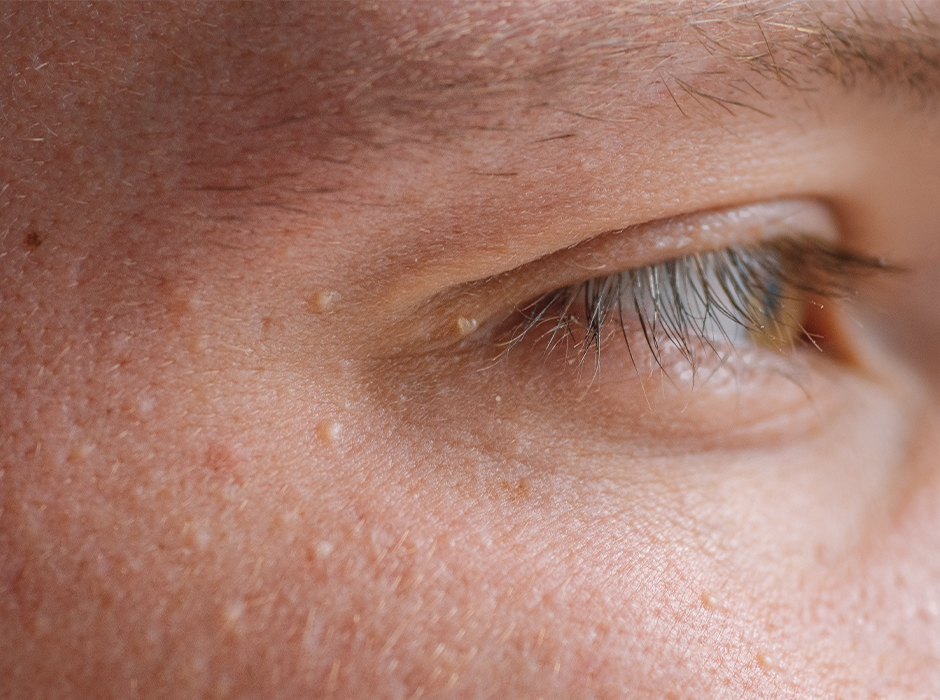
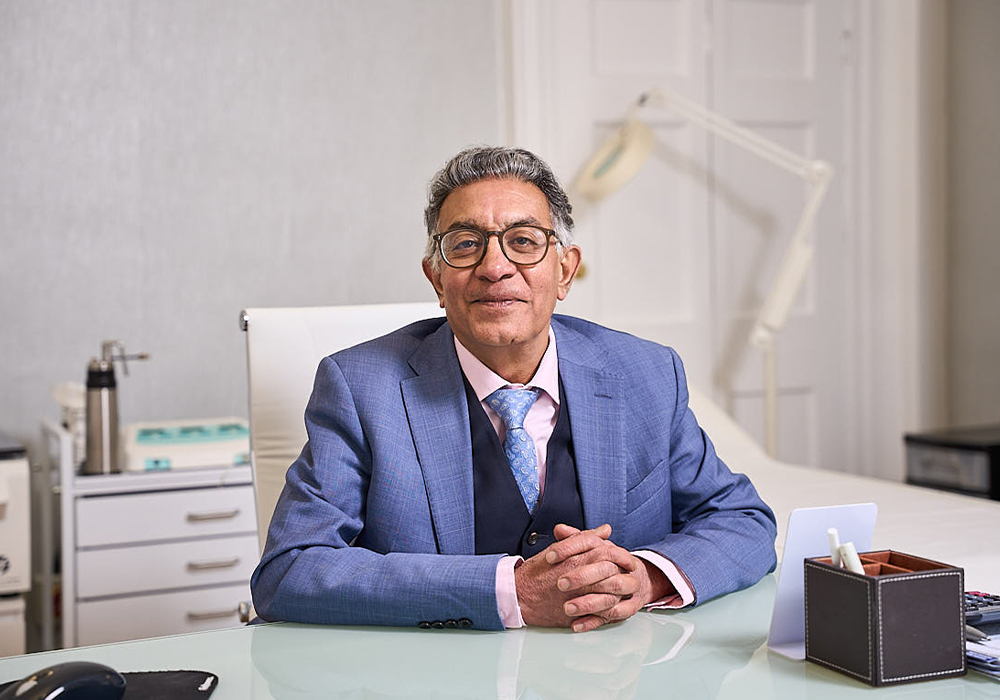
Milia are small, white or yellowish bumps that commonly appear on the skin — most often on the face, particularly around the eyes, cheeks, and forehead. They occur when keratin (a skin protein) becomes trapped beneath the surface, forming tiny cysts. While milia are harmless, they can be frustrating and difficult to remove without professional help.
At the London Dermatology Centre, our dermatologists offer safe and effective milia removal, using techniques designed to clear the skin without causing damage or scarring. We tailor our approach to the size, number, and location of the milia, ensuring the best possible cosmetic outcome.
Milia can affect anyone at any age, from newborns to adults. Common causes and contributing factors include:

In newborns, milia are very common and usually disappear without treatment. In adults, however, they tend to persist until removed by a professional.
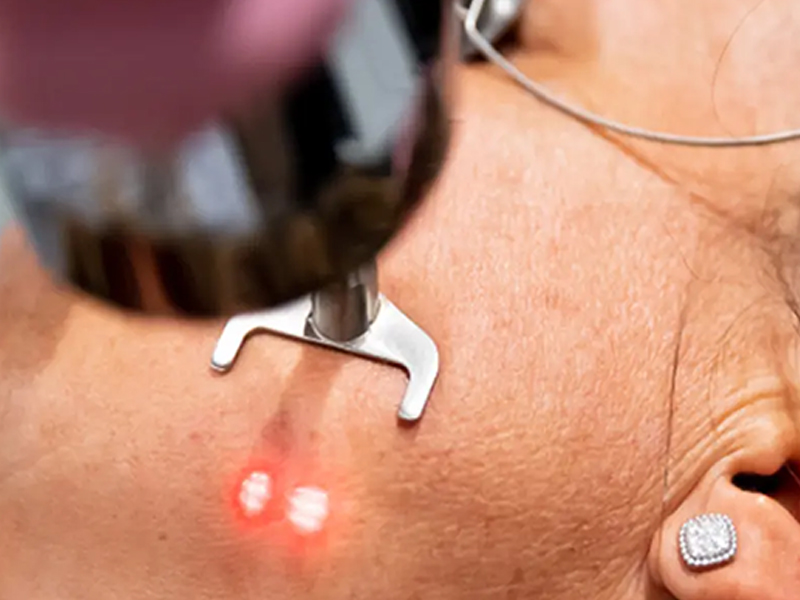
At the London Dermatology Centre, our dermatologists use precise methods to treat milia, including:
We never recommend squeezing or picking at milia at home, as this can lead to infection, scarring, or skin damage.
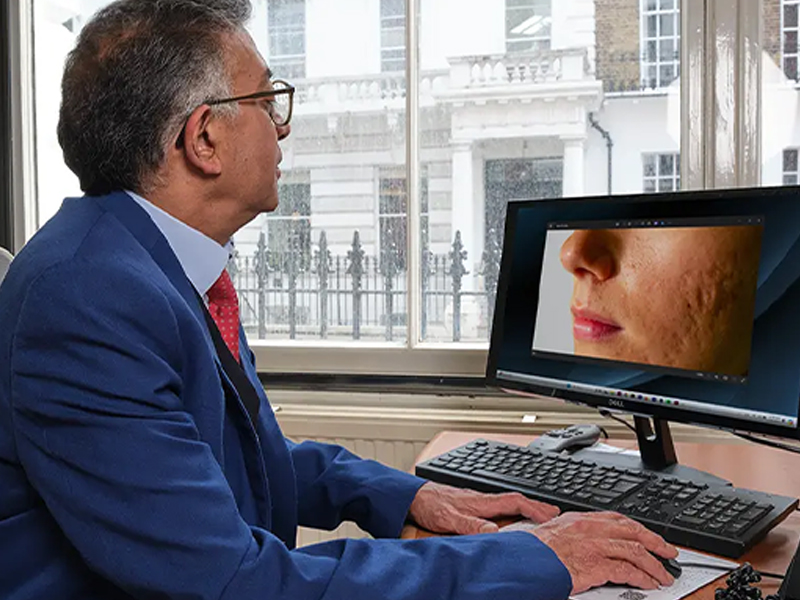
During your consultation, your dermatologist will examine your skin, confirm the diagnosis, and discuss the most appropriate removal technique. We will also assess any underlying skin concerns that might be contributing to milia formation and provide tailored advice on prevention.
This is particularly important if you experience recurring milia, as changes to skincare routines or sun protection habits can make a big difference in reducing future flare-ups.

Milia removal is a quick, low-risk procedure, and recovery is generally straightforward. After treatment:
Most patients see an immediate improvement after removal, and the skin heals quickly, leaving little to no trace of the procedure.

While it may be tempting to try to squeeze or pick at milia yourself, this often leads to skin damage, infection, or scarring — and the bump usually remains. Professional removal by a dermatologist ensures the cyst is extracted cleanly and completely, using sterile techniques that protect surrounding skin. At the London Dermatology Centre, our dermatologists have extensive experience treating milia on all skin types, including delicate areas such as the eyelids, ensuring both safety and excellent cosmetic results.
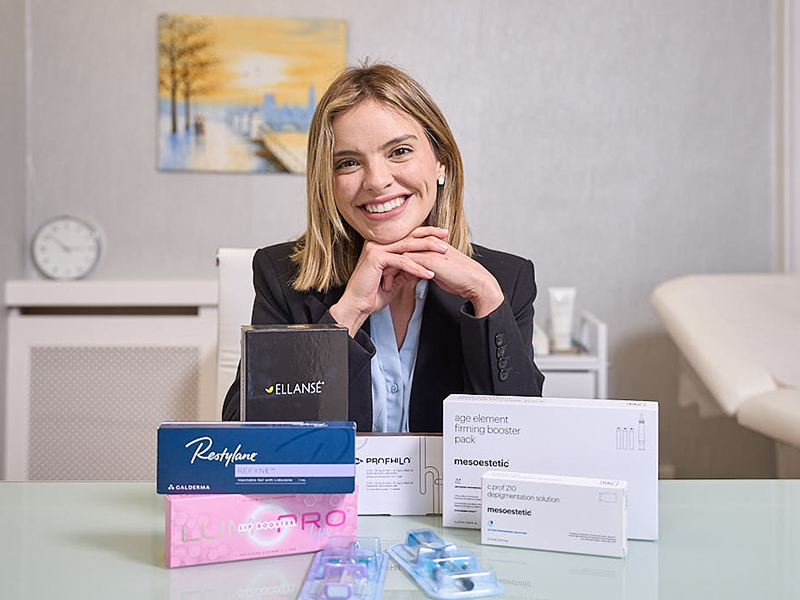
Once milia have been removed, adopting the right skincare habits can help prevent new ones from forming. This may include regular gentle exfoliation, using non-comedogenic moisturisers, and protecting your skin from the sun. Your dermatologist will also review your current skincare routine and suggest adjustments, so you can maintain smooth, clear skin and reduce the chance of milia returning.

Milia are small cysts filled with keratin, a natural protein that helps form the structure of your skin, hair, and nails. They develop when dead skin cells and keratin become trapped beneath the surface. This creates a firm, white or yellowish bump that does not have an opening like a spot or blackhead.
No, milia are not contagious and cannot be passed from one person to another. They form due to skin processes rather than infection. You can have multiple milia at once, but their presence does not indicate poor hygiene or illness.
In newborns, milia often resolve naturally within a few weeks as the skin matures. In adults, however, they usually remain until removed by a professional. Without treatment, they can persist for months or even years.
Milia removal is usually well tolerated and only involves minor discomfort. Your dermatologist may use a very fine needle or heat-based device to extract the cyst. For larger or multiple milia, a local anaesthetic may be applied to make the procedure more comfortable.
While not all cases can be prevented, gentle exfoliation and avoiding heavy, pore-clogging products can reduce the risk. Using daily sunscreen can also help, as sun damage can thicken the skin and trap keratin. Your dermatologist can suggest a tailored skincare routine to minimise recurrence.
It is possible for milia to return, especially if you have a skin type prone to them. However, following prevention advice from your dermatologist can significantly lower the likelihood. Addressing any underlying causes, such as sun damage or certain skincare habits, can also help.
Yes, when carried out by an experienced dermatologist using the correct technique, removal near the eyes is safe. Special care is taken in these delicate areas to protect your skin and vision. This is why professional treatment is always recommended over at-home attempts.
Most milia removal procedures take between 15 and 30 minutes, depending on how many are being treated. The process is quick, and you can return to normal activities straight afterwards. For very widespread milia, treatment may be done over more than one session.
When removed correctly by a dermatologist, the risk of scarring is extremely low. Any redness after treatment usually fades within a few days. Following aftercare advice will also help your skin heal smoothly.
Booking is simple — call us on 020 7467 3720 or use our contact form. Our reception team will find a convenient time for your consultation. During your appointment, your dermatologist will assess your skin and recommend the best treatment approach.
The London Dermatology Centre is located at 69 Wimpole Street, London, W1G 8AS, in the renowned Harley Street medical district. We are a short walk from Oxford Circus, Bond Street, and Regent’s Park stations, making us easily accessible from across London and beyond.
Monday - Friday: 9.00 AM - 5.30 PM
Saturday & Sunday: Closed
69 Wimpole Street,
London W1G 8AS.
To arrange your milia removal consultation, call us on 020 7467 3720 or use our contact form. Our team will be happy to book you in at a convenient time.